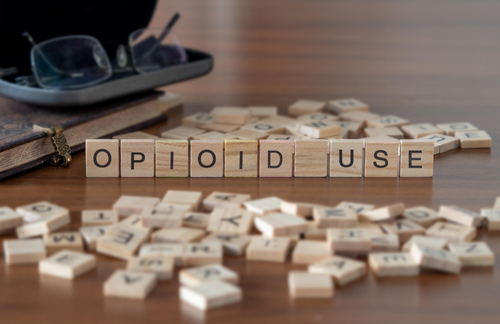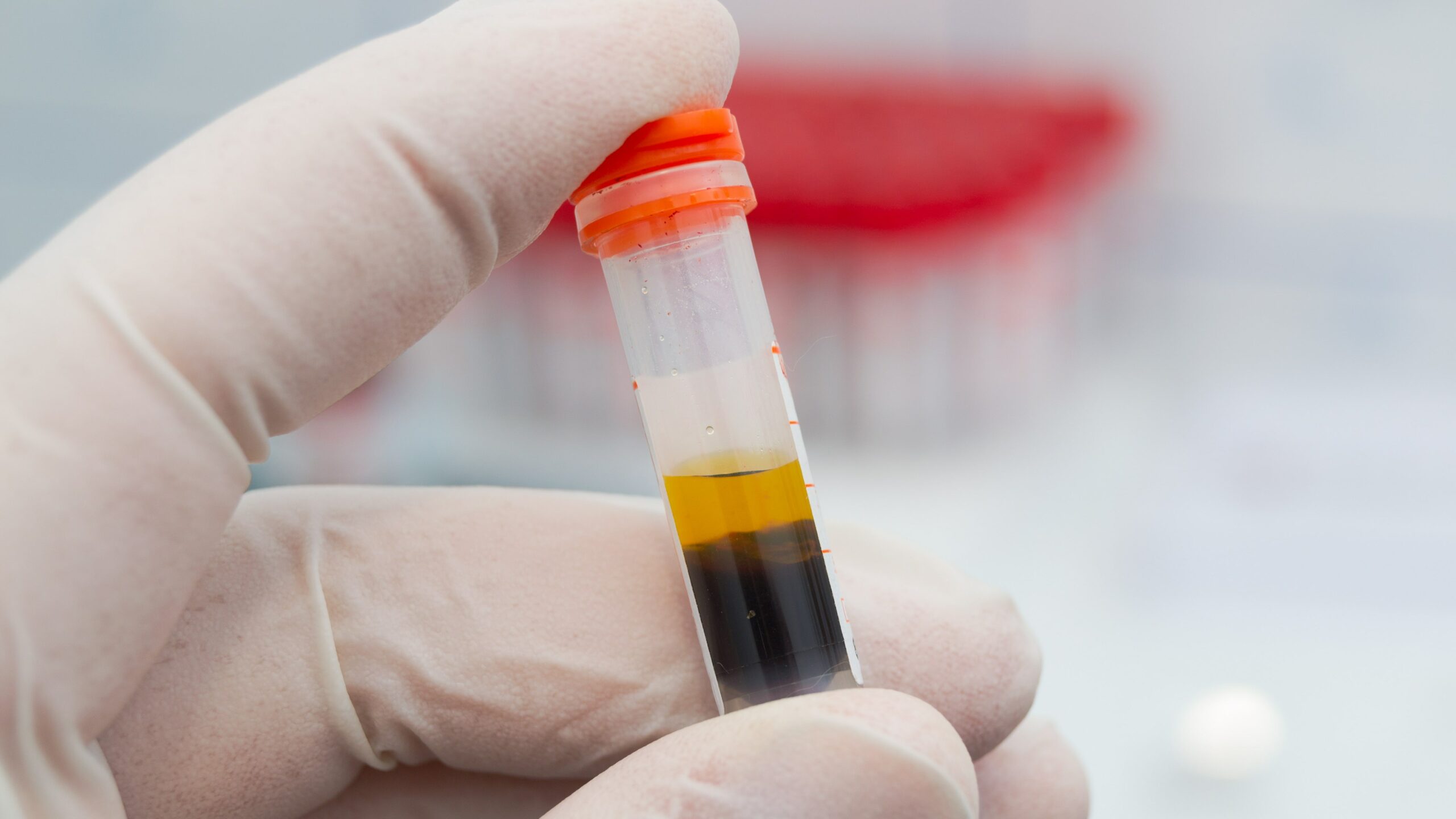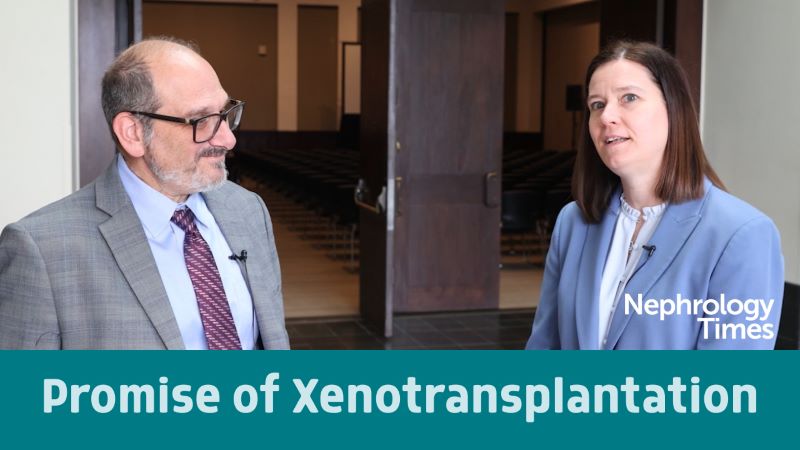
Between 2009 and 2019, nearly 500,000 people in the United States died of opioid overdoses. Nearly 247,000 of those deaths involved a prescription opioid, with an average of 37 deaths per day. Following a declaration from the US government in 2017 identifying the opioid epidemic as a public health emergency and outlining a five-point strategy to combat the crisis, the past few years have seen a decline in prescription opioid overdose deaths.
Data have shown that more than 80% of patients undergoing low-risk surgery receive perioperative opioids. Three large registry analyses revealed an association between perioperative opioid use and increased risk of adverse outcomes, graft failure, and death in graft recipients; however, there appears to be a dose- and exposure-associated increase in risk. Results of a large cohort study of kidney transplant recipients suggested that there may be an association between long-term prescription opioid use and an increased risk of death and graft loss compared with no or short-term opioid prescriptions.
In 2018, the Medical University of South Carolina, Charleston, implemented a quality improvement project that included a multidiscipline, multimodal pain regimen and education process (MMPREP) to minimize opioid use after kidney transplantation. Early results indicated a reduction in opioid exposure in the early postoperative period while sustaining appropriate pain control. Taylor Carcella, PharmD, and colleagues reported on the long-term durability and effectiveness of the initiative.
The single-center quality improvement study evaluated postoperative and long-term opioid use prior to and following implementation of a MMPREP in adult kidney graft recipients from August 1, 2017, through June 30, 2020. A retrospective chart review was used to collect patient data. Multivariable linear and logistic regression before and after implementation of the program protocol were used to evaluate opioid use up to 1 year following transplant.
The initial cohort included 745 patients who underwent kidney transplant during the study period. The preprotocol group included 96 women and 149 men; mean age was 52.8 years, 59.2% (n=145) were Black, 1.6% (n=4) were Asian, 2.5% (n=6) were Hispanic, 36.3% (n=89) were White, and 0.4% (n=1) were other race and ethnicity. The postprotocol group included 226 women and 272 men; mean age was 52.4 years, 60.2% (n=300) were Black, 2.0% (n=10) were Asian, 1.6% (n=8) were Hispanic, 35.5% (n=177) were White, and 0.6% (n=3) were other race/ethnicity.
Two patients died within 30 days after transplant, resulting in a final analysis cohort of 743 patients. The two cohorts were similar in baseline characteristics. There were no differences in pretransplant morphine milligram equivalent (MME) opioid use per month between the two preprotocol and postprotocol groups (0.15 vs 0.11, respectively; P=.19) or in number of patients overall with benzodiazepine use (39 vs 76, respectively; P=.82).
There was a statistically significant difference between the two groups in body mass index (postprotocol group, 30.1 kg/m2 vs preprotocol 29.3 kg/m2; P=.02). The mean date of transplant in the preprotocol group was February 7, 2018, (range, August 3, 2017, to September 2, 2018), and the mean date of transplant in the postprotocol group was August 11, 2019, (range, September 4, 2018, to June 28, 2020). The two groups were similar in donor characteristics.
In the 1-year follow-up in the preprotocol group, the total MME was 1203.7 compared with 581.9 in the postprotocol group. Following implementation of the MMPREP, 34 patients (6.8%) were discharged with an opioid prescription following kidney transplant compared with 236 patients (96.3%) preprotocol (P<.001). In the preprotocol group, in-hospital median MME per day was 30.6 mg versus 0.0 mg in the postprotocol group (P<.001). Prior to implementation of MMPREP, six patients (2.4%) were opioid free while hospitalized, compared with 199 patients (40%) following protocol implementation (P<.001).
Nealy all patients in the postprotocol group received a preoperative nerve block and were discharged with a prescription for gabapentin or pregabalin and acetaminophen. Adherence to protocol components remained consistent over time. Quadratus lumborum was the most common type of nerve block (405 patients, 81.3%).
During 1-year of follow-up in the preprotocol group, median MME was 450 mg compared with 0 mg in the postprotocol group, including the opioid prescription at time of discharge. In the postprotocol group, 313 patients (62.9%) had no opioid use during the 1-year follow-up period, compared with seven patients in the preprotocol group (2.9%) (adjusted odds ratio [OR], 57.52; 95% CI, 26.55-124.65; P<.001). During the follow-up year, patients in the postprotocol group had 99% lower odds of filling opioid prescriptions that totaled more than 100 MME (adjusted OR, 0.01; 95% CI, 0.01-0.02; P<.001).
Long-term opioid use was defined as the final 3 months of the follow-up year. During that period, postprotocol patients were one-half as likely to fill two or more opioid prescriptions (OR, 0.52; 95% CI, 0.28-0.99; P=.04). In addition, patients in the postprotocol group who were opioid naïve at the time of transplant were half as likely to become long-term opioid users compared with the preprotocol group (OR, 0.44; 95% CI, 0.20-0.98; P=.04).
The researchers cited some limitations to the study findings, including the inability to construe the findings as causal due to the study design, the possibility of residual confounding, the use of retrospective data collected as an extension of a previous quality improvement project, the nonrandomized design of the study, and the inability to capture illicit drug use, including opioids.
In conclusion, the authors said, “Results of this long-term, large-scale quality assurance and process improvement endeavor demonstrate a substantial reduction in opioid use in kidney graft recipients associated with the implementation of a multimodal opioid-sparing pain protocol. The protocol was associated with a significant reduction in 1-year postoperative opioid use, including in patients who used opioids at the time of transplant. In opioid-naïve patients, the protocol was associated with a reduced risk of becoming long-term opioid users. A parallel-arm, randomized clinical trial is needed to establish causation and confirm these findings.”
Takeaway Points
- Clinicians reported results of a quality improvement project that included an opioid minimization pain protocol following kidney transplantation.
- An analysis of long-term opioid use among kidney transplant recipients prior to and following implementation of the protocol revealed morphine milligram equivalents during 1-year follow-up of 450 mg and 0 mg, respectively.
- Postprotocol patients who were opioid-naïve at time of transplant were one-half as likely to become long-term opioid users compared with the preprotocol group.
Source: JAMA Surgery






 © 2025 Mashup Media, LLC, a Formedics Property. All Rights Reserved.
© 2025 Mashup Media, LLC, a Formedics Property. All Rights Reserved.